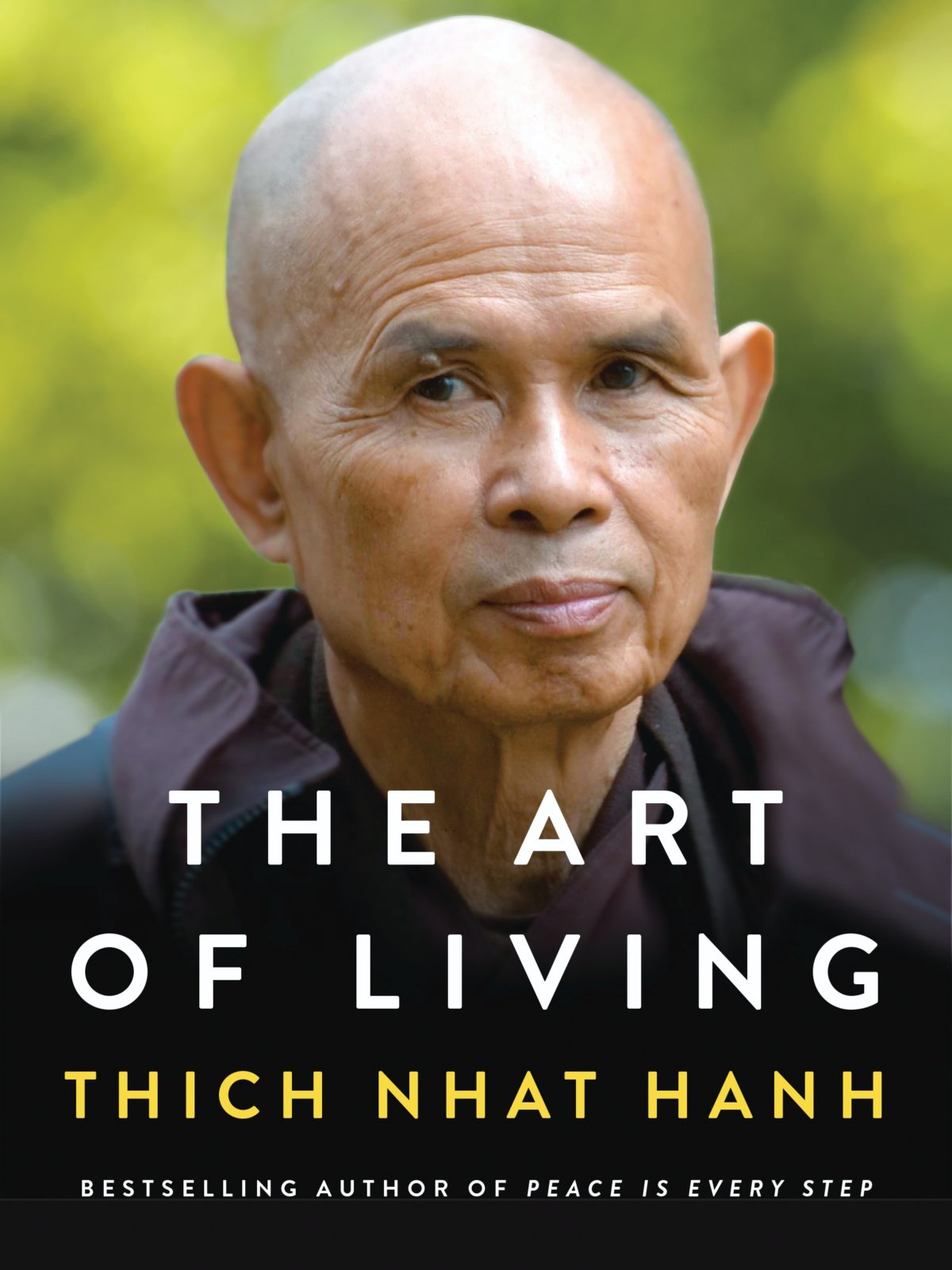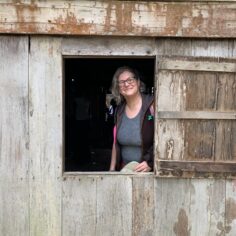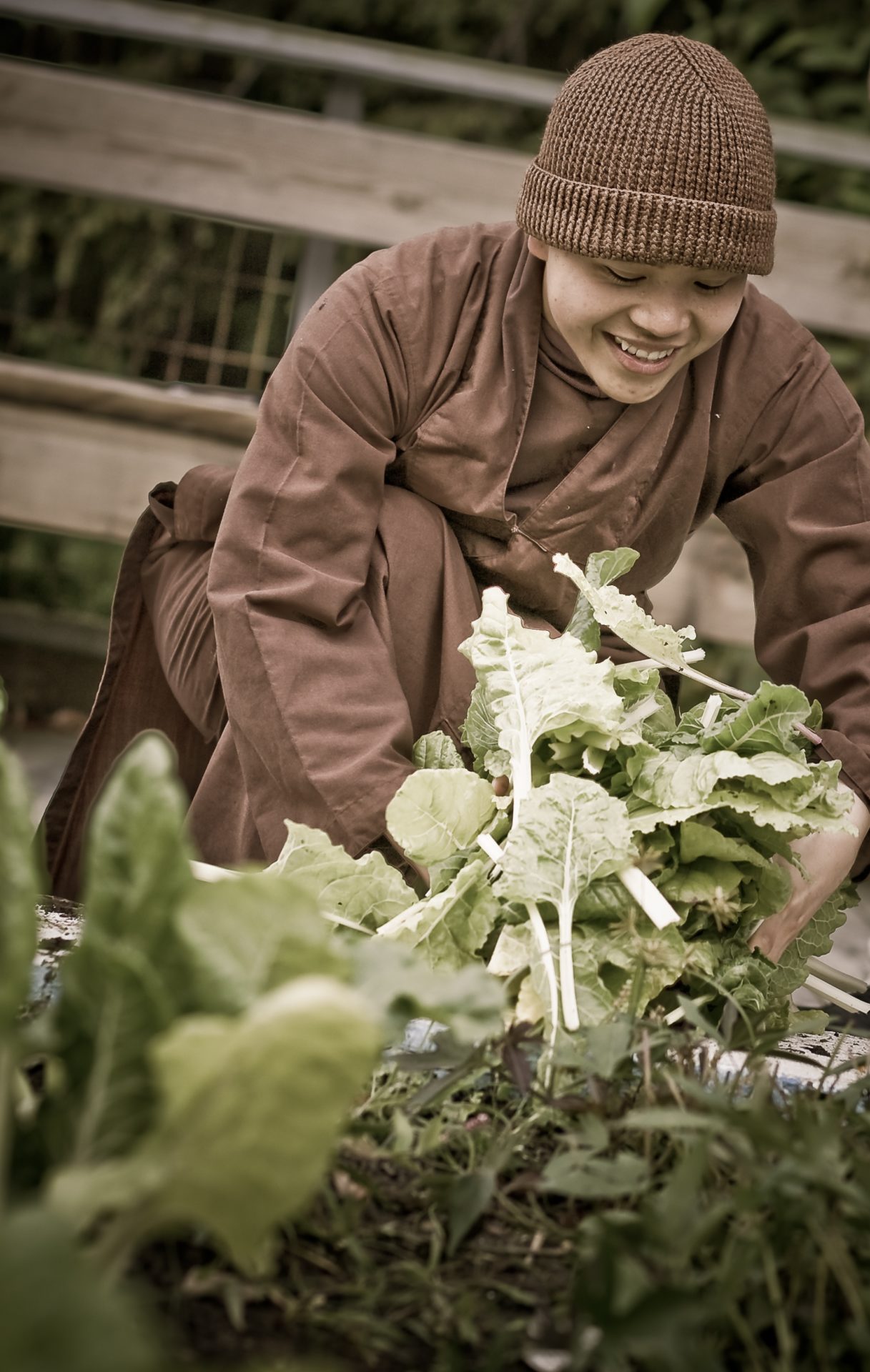
The Art of Living: Peace and Freedom in the Here and Now
by Thich Nhat Hanh
Harper One, 2017
Hardcover, 224 pages
Reviewed by Karen Hilsberg
The Art of Living is a new treasure of timeless wisdom from Thich Nhat Hanh. As Sister Chan Khong notes in the foreword,

The Art of Living: Peace and Freedom in the Here and Now
by Thich Nhat Hanh
Harper One, 2017
Hardcover, 224 pages
Reviewed by Karen Hilsberg
The Art of Living is a new treasure of timeless wisdom from Thich Nhat Hanh. As Sister Chan Khong notes in the foreword, “This remarkable book, edited by his monastic students, captures the essence of the last two years of Thay’s lectures on the art of mindful living. In particular, it presents his groundbreaking teachings from a twenty-one-day retreat…on the theme, ‘What Happens When We Die? What Happens When We Are Alive?’”
To help free us from our wrong views, this book focuses on the Three Doors of Liberation: the concentrations on emptiness, signlessness, and aimlessness. It explores four additional concentrations on impermanence, non-craving, letting go, and nirvana. Thay notes that for individuals and society, these seven concentrations are the keys to living a life of peace and freedom in the present moment. Each of the seven chapters explores a concentration in depth and shows how it contributes to our awakening.
Thay says, “With collective awakening, things can change very quickly. That is why everything we do should be directed toward bringing about collective awakening. Humans can be hateful, mean and violent, but we also have the ability, with spiritual practice, to become compassionate and protective toward not only our own species but other species too—the ability to be awakened beings who can protect our planet and preserve her beauty.”
He continues, “We need to shake ourselves awake so we can change our way of living, so we can have more freedom, more happiness, more vitality, more compassion, more love. We have to reorganize our life so we have time to take care of our body, our feelings, our emotions, our loved ones, and our planet. ...This is my life, and I want to live it deeply.”
Thay’s clear commentary offers us “a deep insight into what it means to live and what it means to die,” according to Sister Chan Khong. “[The concentrations] have the power to liberate us from our wrong views, so we can live deeply and fully, and face dying and death without fear, anger or despair.” Thay successfully teaches how the seven concentrations can shine light on our true situation and lead to a collective change in our consciousness as a species. This is a hopeful message for our times.


